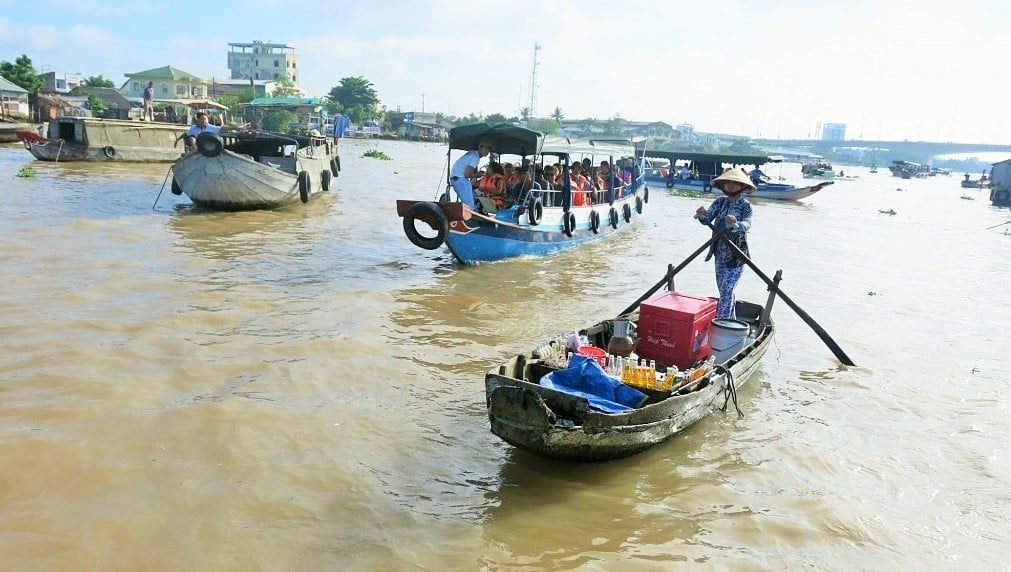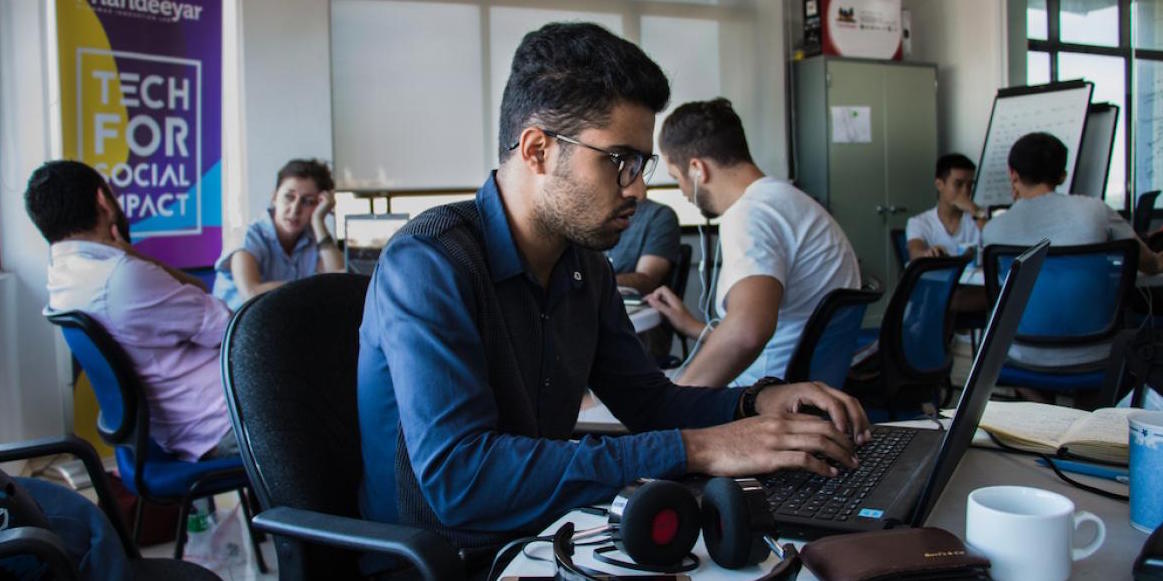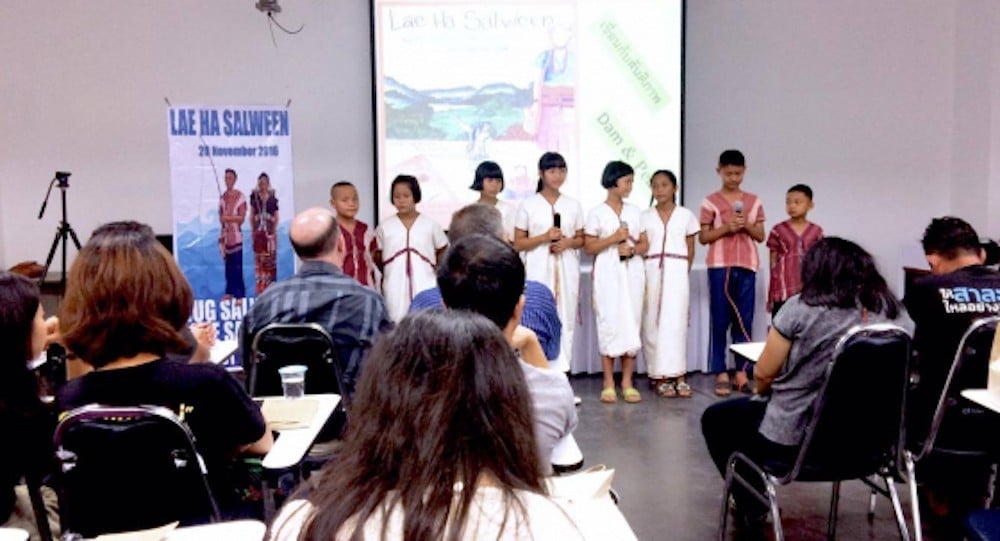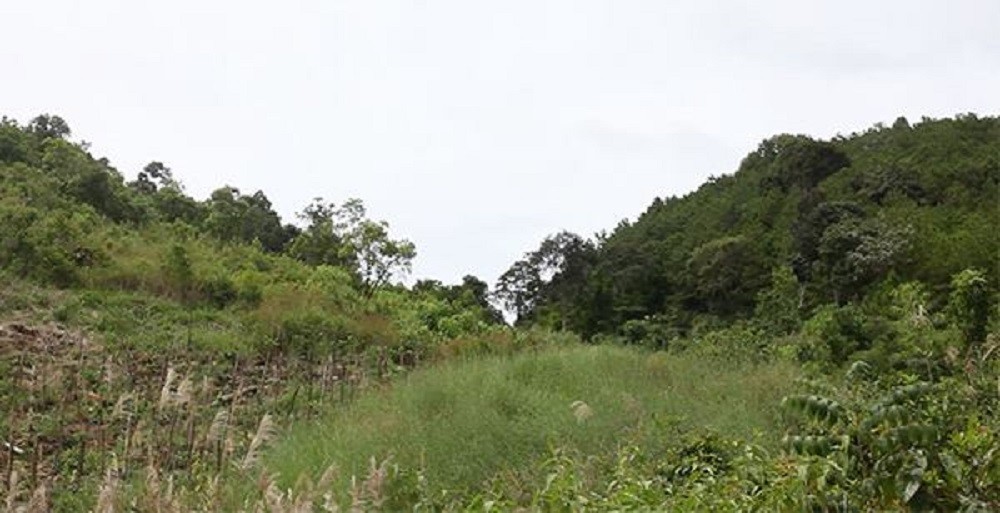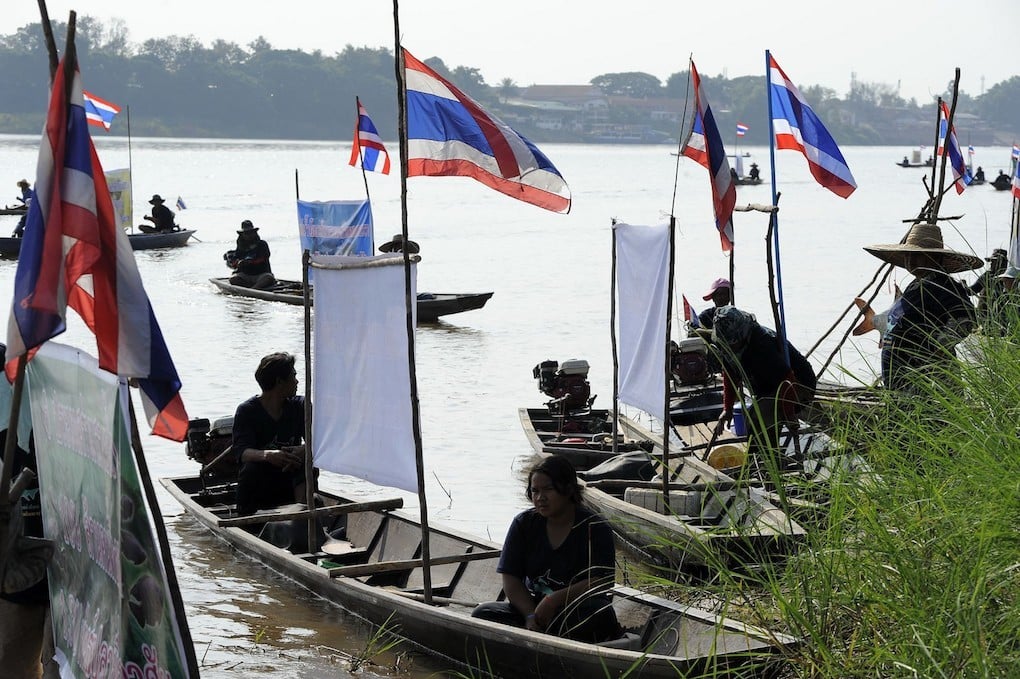Extractives Industry (EI) activities in the Mekong Region have been controversial, causing environmental impacts and con icts between the private sector and affected communities. Although the mining and extractives sector in Cambodia is still relatively small, in recent years there have been a large number of exploration licenses granted to both local and international companies. Cambodia is on the verge of a major expansion of its EI. However, the legal framework governing mining in Cambodia is still undeveloped and concerns have been raised by communities that there is a lack of transparency in the licensing and Environmental Impact Assessment (EIA) processes.
Category: Region
Selected environmental stories from media outlets in the Mekong region and beyond.
Vietnam proposes transboundary water-resources management policy
At the November 20 session of the 24th APEC Summit, a high-ranking leader suggested developing agriculture in a sustainable manner in tandem with the effective use of natural resources, including cross-border management of water resources.
Data transparency project launched in Yangon
Innovation hub Phandeeyar on Tuesday launched an open data portal to encourage transparency and improve decision-making, as part of a Mekong-wide project.
Phandeeyar program manager Ko Thet Aung said the Open Development Myanmar site aims to use information and technology to promote development and support Myanmar’s transition process.
After COP22, cities will lead on climate change: Are Mekong cities part of this trend?
Cities are now taking lead in addressing climate change. New and innovative policies are being implemented at a local level because of the government´s closer relationships with their businesses, residents and institutions, and partnerships are being promoted globally. This shows how cities are well-positioned in to play a leadership in reducing Greenhouse Gas emissions.
ASEAN insurance role in infrastructure financing
Insurance, known for its long-term nature, plays an essential role in supporting and sustaining economic growth in the ASEAN region. Beyond the traditional protection products, the insurance industry provides capital with a long-term investment horizon and generates opportunities for public-private partnerships in infrastructure projects that are instrumental to economic growth.
Endangered dolphins at risk as controversial Don Sahong dam takes shape
“When I was born, my grandparents told me, ‘The dolphins are special. If you see them, you will get good luck. If you capsize your boat, the dolphins will save you. You can trust them.’”
The young man in his 20s is standing on the bank of the Mekong River in a section that a small pod of the critically-endangered Irrawaddy dolphin calls home – a home which is about to sit next to perhaps the most divisive hydropower dam project in the region.
Opponents call for cancellation of Hat Gyi Dam
Representatives from 150 concerned communities in Shan and Karen states attended a seminar at Chiang Mai University on Sunday where Sunnee Chiros, a former Thai human rights commissioner, presented a study she had done, which found that the dam’s environmental impact assessment process was flawed.
The group statement said the Myanmar government should abandon all dam projects on the Salween and pursue sincere peace talks in the region.
It said the Hat Gyi Dam would destroy the environment, harm people’s livelihoods and threaten regional peace, and urged people to campaign for power generated by environmentally friendly technologies.
“The law of the jungle” on Annamite Range
“The law of the jungle” on Annamite Range: the strength of local customary laws helped maintain the village’s forest when all surrounding forests have turned into barren hills or been replaced with industrial plants.
MPE Leads Expert Sessions on Public Participation, Media and Water Governance
USAID-supported Mekong Partnership for the Environment (MPE) led two expert sessions on water governance issues at the “2016 Greater Mekong Forum on Water, Food, and Energy” in Bangkok, 9-11 November 2016.
Xayaburi dam: ‘Testing ground for untried technologies’
“I miss the Mekong.” A sad smile flickered across the face of Thongkham Phalibai, a mother of two and owner of a grocery store in Luang Prabang.
“I was living by the river for so long, earning money from gold panning and farming. But I can’t go back there anymore. I don’t know where my old house used to be.”
It has been four years since Thongkham left a simple life in her old village of Pak Neun for a new one in Neunsavang, a remote village 80 kilometres south of Luang Prabang. She was among the 2,986 villagers who were forced to resettle because their homes either sat on the location of the controversial Xayaburi dam or were in areas that will be flooded.


